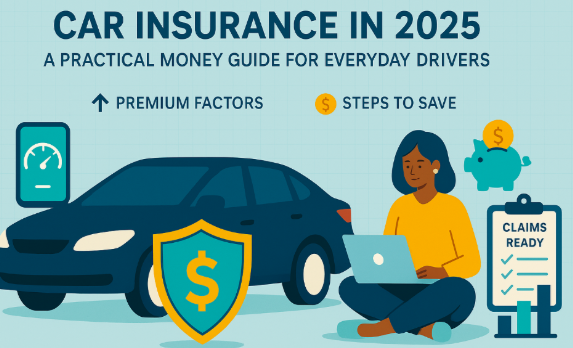If you’ve diligently saved an emergency fund yet still find yourself unable to pay tax debt, you may feel anxious and uncertain about the next steps. Tax relief through hardship status may seem like a complex or even grammatically incorrect phrase, but it signals a pathway when your resources fall short. The purpose of this post is to guide you clearly and human‑to‑human, presenting what you can do when emergency funds aren’t enough to cover your tax obligations. We’ll walk through available options that are realistic, ethical, and effective in easing the burden of unpaid taxes.
Table of Contents
ToggleUnderstanding Your Options When You Can’t Pay Tax Debt
Unlike typical bills, tax debt comes with potential penalties and interest that climb daily. If your emergency fund cannot cover what you owe, the first step is to accurately assess what you owe and how quickly payments need to begin. Contacting the tax authority early demonstrates good faith, and they may offer temporary relief or revised payment arrangements. It’s crucial to seek clarity on the amount due, including penalties or accrued interest, before deciding which option is most viable.
You may qualify for an installment agreement, allowing you to pay your tax debt over time. Interest and penalties may continue to accrue, but spreading payments can make the burden manageable. Be sure to confirm monthly payment amounts and deadline dates to avoid default. If you anticipate hardship, some jurisdictions offer more flexible plans or reduced penalty rates, although these options are typically conditional on your financial situation.
When Installments Aren’t Enough: More Formal Relief
For individuals who still can’t meet even structured payment plans, there are more formal options. An offer in compromise is one such path, allowing you to settle your debt for less than the full amount you owe. Eligibility is based on your ability to pay, income, expenses, and asset equity. Though not guaranteed, acceptance can provide a lifeline if you meet all requirements and provide documentation.
Another alternative is temporarily delaying your account status due to financial hardship. This status, sometimes called a “currently not collectible” designation, halts collection activity and stops additional penalties from accruing. While interest may still build, this can buy breathing room until your economic situation stabilizes. Be aware that such protection often requires demonstrating genuine inability to pay through detailed financial disclosure.
If self-managing this feels daunting, consider enlisting the assistance of a tax professional. Certified public accountants, enrolled agents, or tax attorneys can help compile financial statements, submit the right forms, and negotiate with authorities on your behalf. Their expertise often brings clarity and efficiency to a stressful process, and they may identify relief programs you might miss when working alone.
Accessing Emergency or Hardship Resources
If you find that even minimum payments are beyond reach, explore non‑tax relief resources to support you through the crisis. Community legal aid organizations may offer free counsel for individuals facing financial hardship and tax problems. In some regions, non-profit credit counseling or financial hardship programs offer guidance at low or no cost. These resources can help you stabilize cash flow and reduce non-tax debts, creating space to prioritize essential tax obligations.
If eligible, certain government or relief agencies provide one-time hardship assistance grants. These are often limited and targeted to individuals experiencing crises like illness, job loss, or natural disasters. While these funds may not directly apply to tax bills, they can cover basic living costs or unsecured debts, freeing up emergency funds to prioritize taxes.
Consider reaching out to family or trusted friends if circumstances allow. A short-term loan or gift may bridge the gap between your emergency fund and tax payments. Be transparent about repayment expectations and formalize agreements when appropriate. It is better to borrow a small amount formally than to risk mounting tax penalties or enforced collection.
Conclusion
Facing tax debt that outstrips your emergency fund is stressful, but not hopeless. By proactively assessing your situation and exploring solutions such as installment plans, offer in compromise, hardship status, or professional assistance, you can manage the burden responsibly. Utilizing external resources or short‑term support to bridge gaps may make a crucial difference. Ultimately, maintaining transparent communication with tax authorities and staying organized will help you navigate this challenging time with clarity and control.



